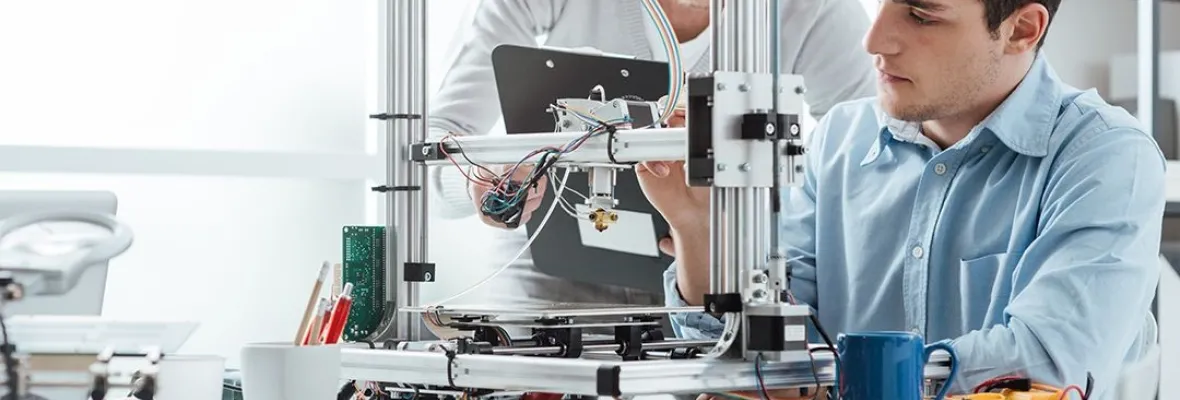AAU universities conduct a majority of the federally funded university research that contributes to our economic competitiveness, health and well-being, and national security. AAU universities are growing our economy through invention and innovation while preparing the next generation of scientists and engineers for global leadership. By moving research into the marketplace AAU universities are helping to create jobs, and provide society with new medicines and technologies.

UMD geologists uncovered evidence of a section of seafloor that sank into the Earth's mantle when dinosaurs roamed the Earth; it's located off the west coast of South America in a zone known as the East Pacific Rise.

Novel research supported by NCI could lead to more specific predictive disease models

A new University of Kansas study reveals parents seeking health care information for their children trust AI more than health care professionals when the author is unknown, and parents rate AI generated text as credible, moral and trustworthy.

Hypertension and amyloid plaques can separately cause dementia. Having both increases a person’s odds of developing cognitive decline, a new study finds
Explore More: University Research
You can filter stories by the university.
Researchers at Tufts University School of Medicine have discovered a previously unknown function performed by a type of cell that comprises nearly half of all brain cells.
Scientists have grown plants in soil from the moon, a first in human history and a milestone in lunar and space exploration.
By using new methods for analyzing DNA data and medical records, researchers from Brown University are helping improve the understanding of complex traits that will make more discoveries relevant to non-white, non-European ancestry groups.
A receptor that was first identified as necessary for insulin action, that also is located on the neural stem cells found deep in the brains of mice, is pivotal for brain stem cell longevity, according to a Rutgers study
Scientists at University of California San Diego School of Medicine, report that a gene therapy that inhibits targeted nerve cell signaling effectively reduced neuropathic pain with no detectable side effects in mice with spinal cord or peripheral nerve injuries.
